Anthony Kang: Fate, Funky music and the Badlands (Part 1)
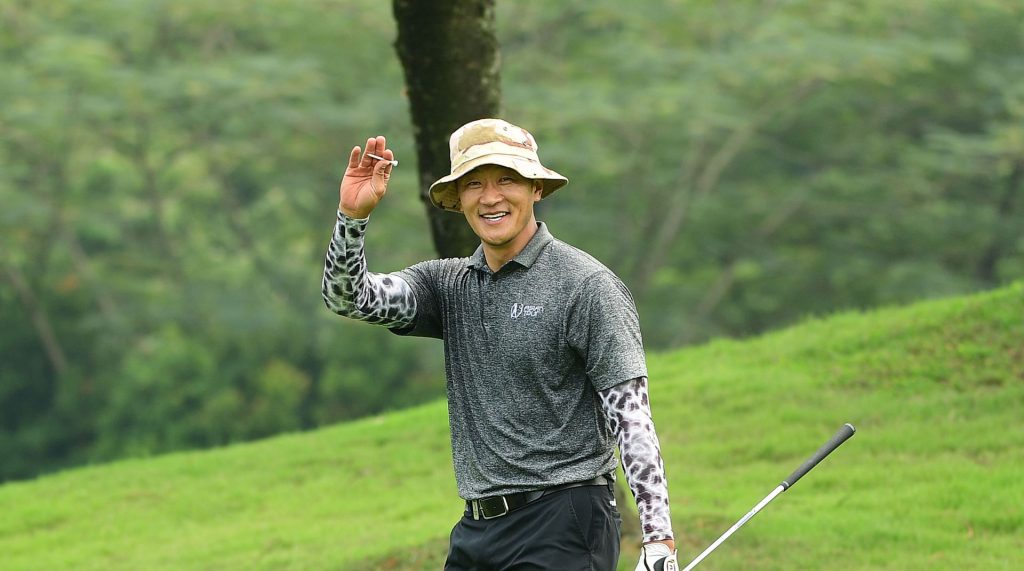
The Asian Tour caught up with Anthony Kang recently to see how things have been for him since the world was turned on its head because of COVID-19. It proved to be a fascinating, funny and revealing conversation with the three-time Asian Tour winner – who is now part of the Tour’s highly-regarded broadcast commentary team. And because he had plenty to say we are telling the story over two parts – a front nine and a back nine of his career.

Anthony Kang has been at home in Portland, Oregon, since March – for reasons which probably don’t need too much explaining.
He had been working at the Bandar Malaysian Open in March and then headed to Thailand – where he got word that all countries were going to be in border lockdowns.
And rather than be in a foreign country with nothing to do he decided to get back home to Oregon, to help out with the family business: running a convenience store.
“Convenience stores are considered an essential business,” says Kang, “so it has not really affected us in terms of a daily routine, it is not like we have to stay at home and not move. We are doing the same things as we were doing two or three years ago.”
Remarkably, Kang has not played golf since missing the cut in the Sabah Masters in November last year and he also points out that there was a stretch last year when he did not play for eight months.
It is remarkable because the tall Korean American is only in his mid-40s and while he has one eye on the Seniors Tour, the other is looking back on a brilliant career on the Asian Tour which saw him win three times and earn over US$2 million in career earnings.



Anthony Kang lifting the Philippine Open trophy in 1999.
But the lack of playing time is not something that bothers the popular golfer, in fact it provides great insight to where he has been and where he is going.
“It has been progressing,” he says. “About three or four years ago I took a month off, came back and the next time was three months off, then eight months and now it has basically gone on about a year.”
He doesn’t mind it because he has experienced the hard grind of life on Tour and knows just how much hard work it takes to get to the top. He even admits that there was one point in the mid-2000s when he “fell out of love with the game because it started to feel like work” but thankfully he got over that.
He says that when he turned professional in 1996 his only motivation to play golf was to make a living and earn money.
“I thought if I put in the work here to get better at golf it returns to me in currency. And that is what drove me. It wasn’t about winning tournaments,” says Kang, who joined the Asian Tour the same year he turned professional.
And he admits that the early days on Tour were difficult.
“It was hard because like all struggling pros that doesn’t have a big pedigree coming out of the amateur game, like Tiger Woods, 95% of the guys out there are just grinding it out,” he says.
“In the beginning it was fun to travel the Tour because it was a new lifestyle, you get to travel to different places, experience different things and it was just fun but the bottom line was I had to penny pinch just like everybody else I was hanging out with.
“No matter how good a guy was, or how good his potential was, I have seen so many professional players that stop playing professional golf because they ran out of funds. Despite great talent, they don’t see a lucrative future ahead.”
But despite financial concerns those early years brought much joy.
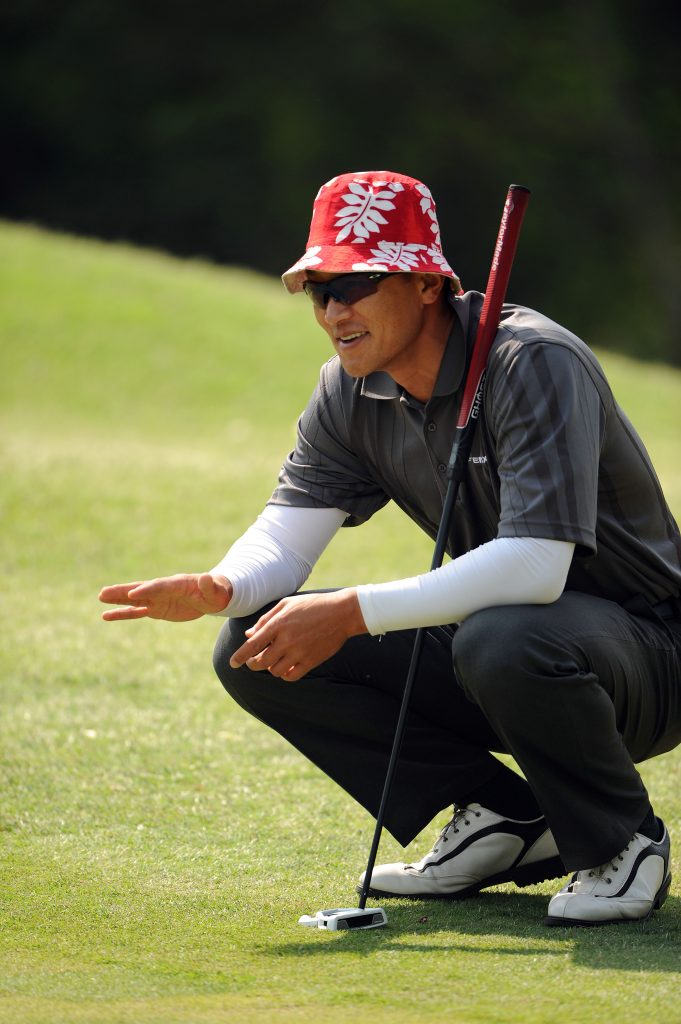


NEW DELHI, INDIA – The USD $ 300.000 Panasonic Open India at the Delhi Golf Club, April 4-7, 2013, New Delhi, India. Picture by Paul Lakatos/Asian Tour.
“The first three years it was just fun to be out there, it didn’t really matter how much money I was spending. I wasn’t extravagant spending money but it was just fun. In my early 20s going out to Asia. I’m thinking I wanna stay out here.”
However, after three years of limited success in Asia he was having serious doubts about continuing on as Tour professional.
But it was at that point, mid-way through 1999, that it all started to change for him and one of the really great stories of Asian golf was born.
He says: “I had started the year with four missed cuts in five events and the one I made I think I finished 50th or 60th and I told myself this is not really working out how you thought it would work out, spending so much money and making nothing and if you do make the cut you are making 200 or 300 dollars profit and thinking is this really worth it?”
He was heading to play in the Casino Filipino Philippine Open at Manila Southwoods Golf and Country Club in May – which was going to be the final tournament before the summer stretch, from May until August, when no events were played on the Asian Tour.
“I had fully planned on taking on a job in the summer time working so I thought to myself, while heading into Manila, there is no need to put pressure on yourself, just go out and enjoy it, who knows maybe you will come back out [to Asia] or maybe you won’t. This could be the last one, so just go out, just have fun and don’t have a miserable time out there. And then it turned out weird.”
It was weird because from nowhere he won the tournament in very unique circumstances.
“I can’t pinpoint anything, besides fate and external forces,” he says.
“For my first two to three years I drove the ball well and I was a pretty mediocre long to mid-iron player but I was a decent wedge player and I could putt okay. And Manila Southwoods somehow fit into that category where if you drove the ball well then you were left with wedges and short irons, so you hit those well and make a couple of putts here and there and that’s kind of what happened.”
But there is also so much more to the story.
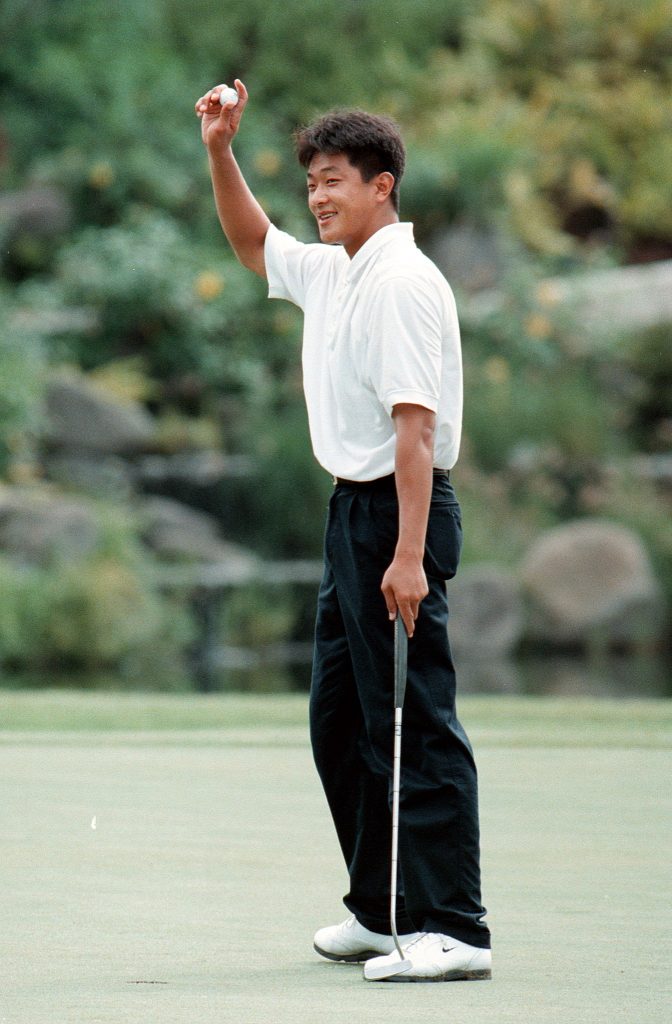


On the final day, he was at the hotel and went down to take the bus to the golf course but there was a notice saying the tee times were delayed two hours because of bad traffic going out to the golf course.
“And for the whole bus ride, for the life of me, I could not get rid of this song in my head which was ‘play that funky music white boy’ – it was in my head the whole ride. Why is it in my head I kept thinking?
“So we get to the golf course, and we start our round and we get to hole number six, the par four. Just over the wall on that hole there is a water park right outside and just before I hit my second shot (we were waiting for the green to clear) the song that starts blaring from the water park at that time was exactly the song that was in my head, ‘play that funky music white boy’!
“And at the moment I thought is this destiny? I was playing the second to the last group. I think I was two or three strokes off the lead. And I thought is this meant to be.”
He fired a brilliant 66 and won the tournament by one shot from South African James Kingston and Japan’s Kazuyoshi Yonekura.
But, whatever the circumstances, it was the big break he had been looking.
He explains: “I was planning to work and maybe even get away from the professional game after that week. But it allowed me to buy a membership at a golf course – the Badlands course in Las Vegas – instead of actually going to work. So I was able to practice all summer long, instead of working.”
So he practiced there and returned to the Asian Tour a few months later a more confident player and a golfer still only really at the start of an epic career.
[embedyt] https://www.youtube.com/watch?v=KsR9SyJMhFg[/embedyt]
To be continued…


Anthony Kang: Fate, Funky music and the Badlands (Part 1)
By - Serene Loh
[addtoany]


The Asian Tour caught up with Anthony Kang recently to see how things have been for him since the world was turned on its head because of COVID-19.
The Asian Tour caught up with Anthony Kang recently to see how things have been for him since the world was turned on its head because of COVID-19. It proved to be a fascinating, funny and revealing conversation with the three-time Asian Tour winner – who is now part of the Tour’s highly-regarded broadcast commentary team. And because he had plenty to say we are telling the story over two parts – a front nine and a back nine of his career.



Anthony Kang has been at home in Portland, Oregon, since March – for reasons which probably don’t need too much explaining.
He had been working at the Bandar Malaysian Open in March and then headed to Thailand – where he got word that all countries were going to be in border lockdowns.
And rather than be in a foreign country with nothing to do he decided to get back home to Oregon, to help out with the family business: running a convenience store.
“Convenience stores are considered an essential business,” says Kang, “so it has not really affected us in terms of a daily routine, it is not like we have to stay at home and not move. We are doing the same things as we were doing two or three years ago.”
Remarkably, Kang has not played golf since missing the cut in the Sabah Masters in November last year and he also points out that there was a stretch last year when he did not play for eight months.
It is remarkable because the tall Korean American is only in his mid-40s and while he has one eye on the Seniors Tour, the other is looking back on a brilliant career on the Asian Tour which saw him win three times and earn over US$2 million in career earnings.



Anthony Kang lifting the Philippine Open trophy in 1999.
But the lack of playing time is not something that bothers the popular golfer, in fact it provides great insight to where he has been and where he is going.
“It has been progressing,” he says. “About three or four years ago I took a month off, came back and the next time was three months off, then eight months and now it has basically gone on about a year.”
He doesn’t mind it because he has experienced the hard grind of life on Tour and knows just how much hard work it takes to get to the top. He even admits that there was one point in the mid-2000s when he “fell out of love with the game because it started to feel like work” but thankfully he got over that.
He says that when he turned professional in 1996 his only motivation to play golf was to make a living and earn money.
“I thought if I put in the work here to get better at golf it returns to me in currency. And that is what drove me. It wasn’t about winning tournaments,” says Kang, who joined the Asian Tour the same year he turned professional.
And he admits that the early days on Tour were difficult.
“It was hard because like all struggling pros that doesn’t have a big pedigree coming out of the amateur game, like Tiger Woods, 95% of the guys out there are just grinding it out,” he says.
“In the beginning it was fun to travel the Tour because it was a new lifestyle, you get to travel to different places, experience different things and it was just fun but the bottom line was I had to penny pinch just like everybody else I was hanging out with.
“No matter how good a guy was, or how good his potential was, I have seen so many professional players that stop playing professional golf because they ran out of funds. Despite great talent, they don’t see a lucrative future ahead.”
But despite financial concerns those early years brought much joy.



NEW DELHI, INDIA – The USD $ 300.000 Panasonic Open India at the Delhi Golf Club, April 4-7, 2013, New Delhi, India. Picture by Paul Lakatos/Asian Tour.
“The first three years it was just fun to be out there, it didn’t really matter how much money I was spending. I wasn’t extravagant spending money but it was just fun. In my early 20s going out to Asia. I’m thinking I wanna stay out here.”
However, after three years of limited success in Asia he was having serious doubts about continuing on as Tour professional.
But it was at that point, mid-way through 1999, that it all started to change for him and one of the really great stories of Asian golf was born.
He says: “I had started the year with four missed cuts in five events and the one I made I think I finished 50th or 60th and I told myself this is not really working out how you thought it would work out, spending so much money and making nothing and if you do make the cut you are making 200 or 300 dollars profit and thinking is this really worth it?”
He was heading to play in the Casino Filipino Philippine Open at Manila Southwoods Golf and Country Club in May – which was going to be the final tournament before the summer stretch, from May until August, when no events were played on the Asian Tour.
“I had fully planned on taking on a job in the summer time working so I thought to myself, while heading into Manila, there is no need to put pressure on yourself, just go out and enjoy it, who knows maybe you will come back out [to Asia] or maybe you won’t. This could be the last one, so just go out, just have fun and don’t have a miserable time out there. And then it turned out weird.”
It was weird because from nowhere he won the tournament in very unique circumstances.
“I can’t pinpoint anything, besides fate and external forces,” he says.
“For my first two to three years I drove the ball well and I was a pretty mediocre long to mid-iron player but I was a decent wedge player and I could putt okay. And Manila Southwoods somehow fit into that category where if you drove the ball well then you were left with wedges and short irons, so you hit those well and make a couple of putts here and there and that’s kind of what happened.”
But there is also so much more to the story.



On the final day, he was at the hotel and went down to take the bus to the golf course but there was a notice saying the tee times were delayed two hours because of bad traffic going out to the golf course.
“And for the whole bus ride, for the life of me, I could not get rid of this song in my head which was ‘play that funky music white boy’ – it was in my head the whole ride. Why is it in my head I kept thinking?
“So we get to the golf course, and we start our round and we get to hole number six, the par four. Just over the wall on that hole there is a water park right outside and just before I hit my second shot (we were waiting for the green to clear) the song that starts blaring from the water park at that time was exactly the song that was in my head, ‘play that funky music white boy’!
“And at the moment I thought is this destiny? I was playing the second to the last group. I think I was two or three strokes off the lead. And I thought is this meant to be.”
He fired a brilliant 66 and won the tournament by one shot from South African James Kingston and Japan’s Kazuyoshi Yonekura.
But, whatever the circumstances, it was the big break he had been looking.
He explains: “I was planning to work and maybe even get away from the professional game after that week. But it allowed me to buy a membership at a golf course – the Badlands course in Las Vegas – instead of actually going to work. So I was able to practice all summer long, instead of working.”
So he practiced there and returned to the Asian Tour a few months later a more confident player and a golfer still only really at the start of an epic career.
[embedyt] https://www.youtube.com/watch?v=KsR9SyJMhFg[/embedyt]
To be continued…
Headlines at a glance
- King of the Screen Kim shows he is the real deal at GS Caltex Maekyung Open
- GS Caltex Maekyung Open: Route 66 puts ‘Ironman’ Lee in driver’s seat
- GS Caltex Maekyung Open: Chonlatit snatches lead with stunning 62
- GS Caltex Maekyung Open: Flawless veteran Kang still has what it takes
- Koh and Jung committed to finding success overseas on the Asian Tour
- May 2024
- April 2024
- March 2024
- February 2024
- January 2024
- December 2023
- November 2023
- October 2023
- September 2023
- August 2023
- July 2023
- June 2023
- May 2023
- April 2023
- March 2023
- February 2023
- January 2023
- December 2022
- November 2022
- October 2022
- September 2022
- August 2022
- July 2022
- June 2022
- May 2022
- April 2022
- March 2022
- February 2022
- January 2022
- December 2021
- November 2021
- October 2021
- September 2021
- August 2021
- July 2021
- June 2021
- May 2021
- April 2021
- March 2021
- February 2021
- January 2021
- December 2020
- November 2020
- October 2020
- September 2020
- August 2020
- July 2020
- June 2020
- May 2020
- April 2020
- March 2020
- February 2020
- January 2020
- December 2019
- November 2019
- October 2019
- September 2019
- August 2019
- July 2019
- June 2019
- May 2019
- April 2019
- March 2019
- February 2019
- January 2019
- December 2018
- November 2018
- October 2018
- September 2018
- August 2018
- July 2018
- June 2018
- May 2018
- April 2018
- March 2018
- February 2018
- January 2018
- December 2017
- November 2017
- October 2017
- September 2017
- May 2017
- March 2015
- April 2013
- March 2013
- February 2013
- January 2013
- January 2009


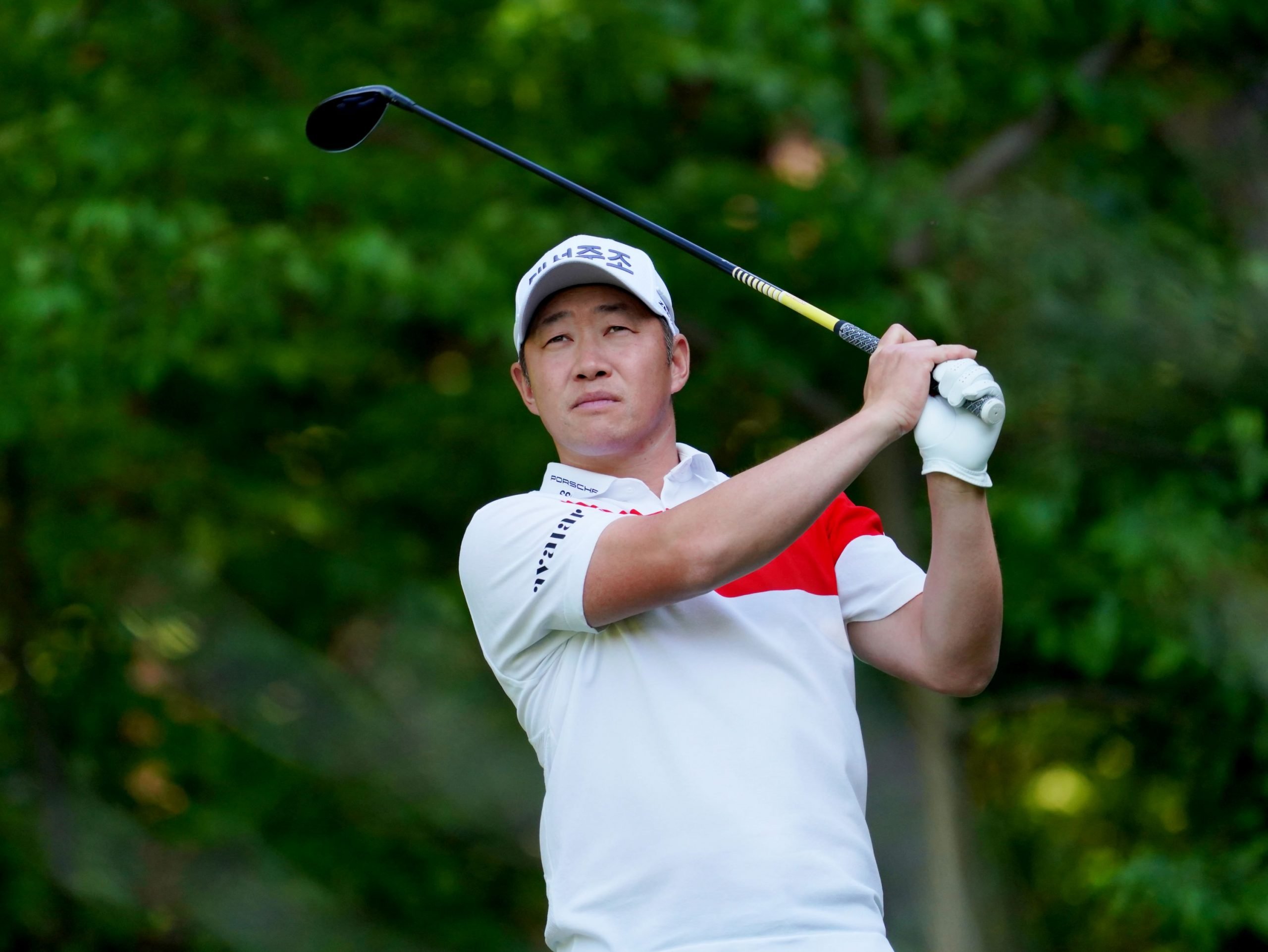
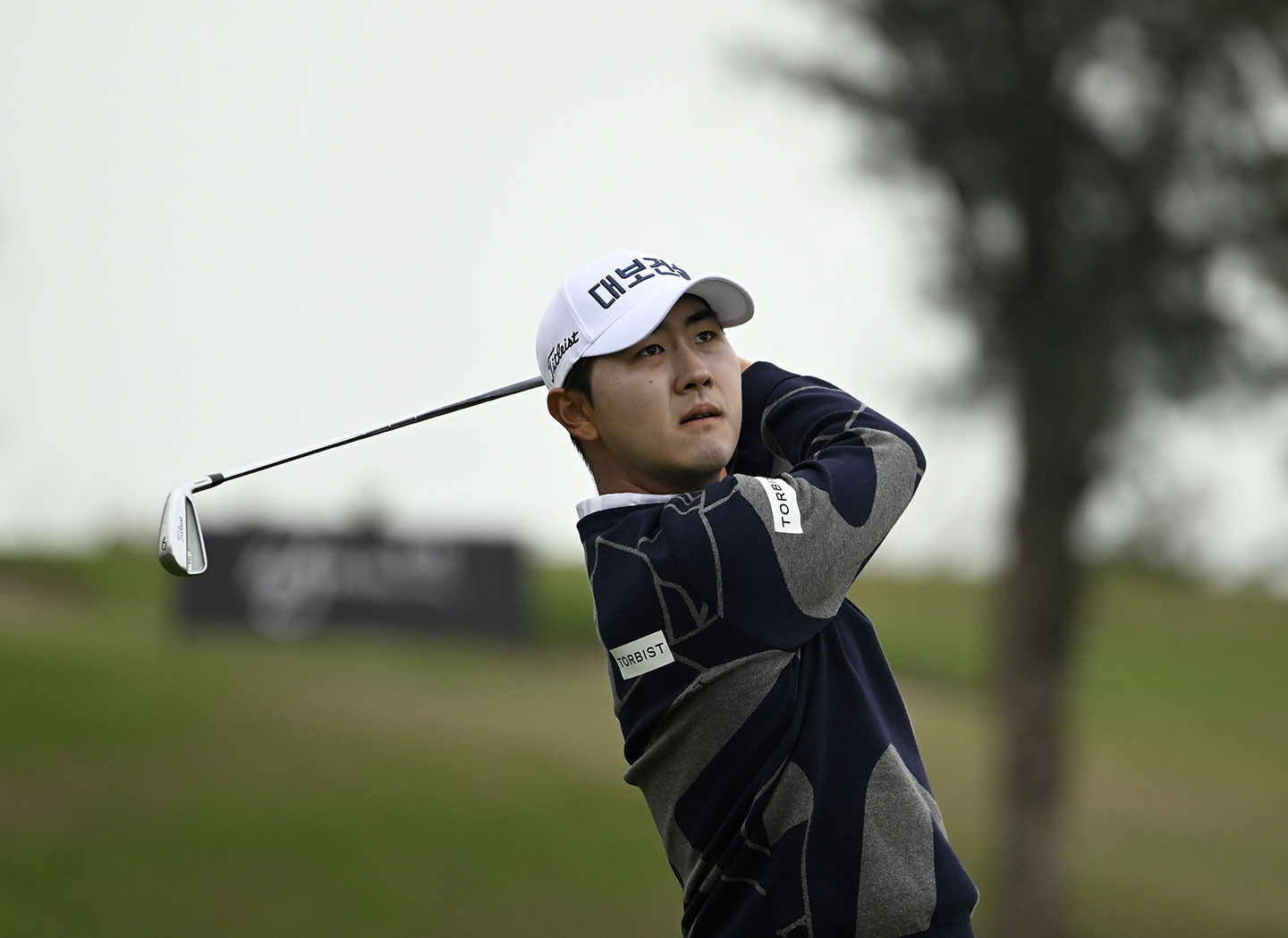

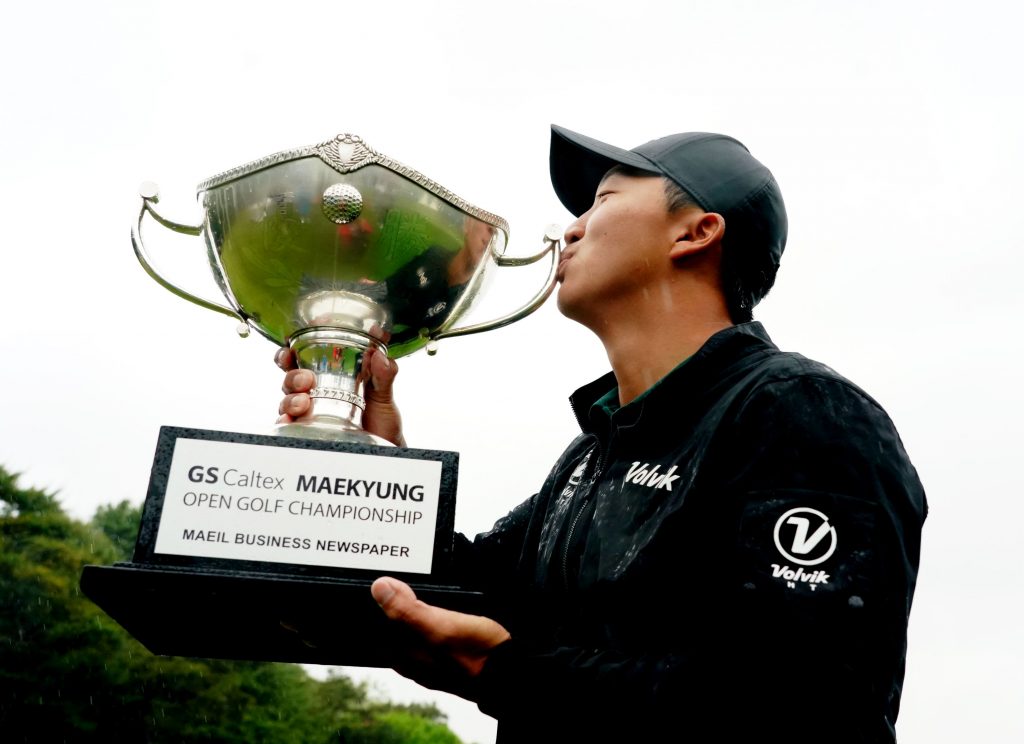




Recent Comments